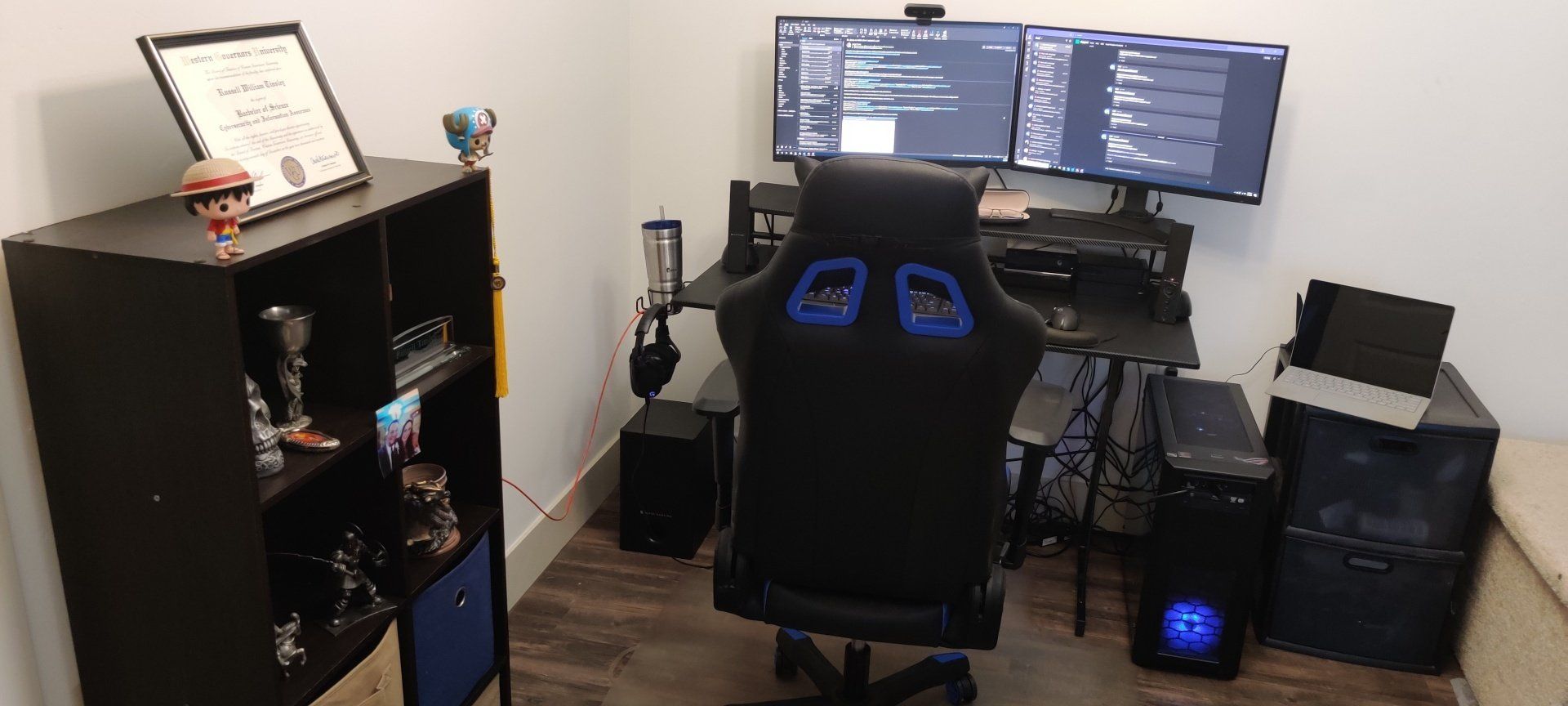Meet our newest Solution Architect, Russell Tinsley! Russell comes to us with a Bachelor of Science, Cybersecurity and Information Assurance degree, along with Certified Cloud Security Professional (CCSP) and Systems Security Certified Practitioner (SSCP) certifications. His focus here at Akins IT will be security including email security and the Microsoft Security Suite.
Hiring on a new team member remotely during COVID was new to our leaders, so we'd like to show the work from home experience from our team members' perspective. Learn more about Russell's experience below!
HOW HAS YOUR WFH EXPERIENCE BEEN FOR YOU?
This is a brand new work experience for me. My past jobs demanded me to be onsite while I was working.
HOW DID THE TRANSITION GO FOR YOU?
Until recently I was “working” from home looking for a job, so the transition was smooth and I seem to be adapting pretty well.
ANY BENEFITS WORKING FROM HOME?
Easy access to food, although I am not sure that is a benefit. Also, my work environment is usually quieter, which helps with concentration.
ANY CHALLENGES WORKING FROM HOME?
Working while my wife is also working has been challenging to navigate. The transition from work to personal time has also been difficult.
HOW IS WFH DIFFERENT THAN GOING INTO THE OFFICE?
The lack of in-person customer contact is definitely different, but my wife and cat being there helps with that.
WHAT CHANGES DID YOU HAVE TO MAKE WORKING FROM HOME?
I am lucky I already had a computer setup at home that I could use to work on. I just created a separate desktop so I could separate work from fun.
ANY NEW HOBBIES PICKED UP DURING QUARANTINE? OR SOMETHING NEW YOU LEARNED?
I started to grow and cultivate a COVID/quarantine beard.






